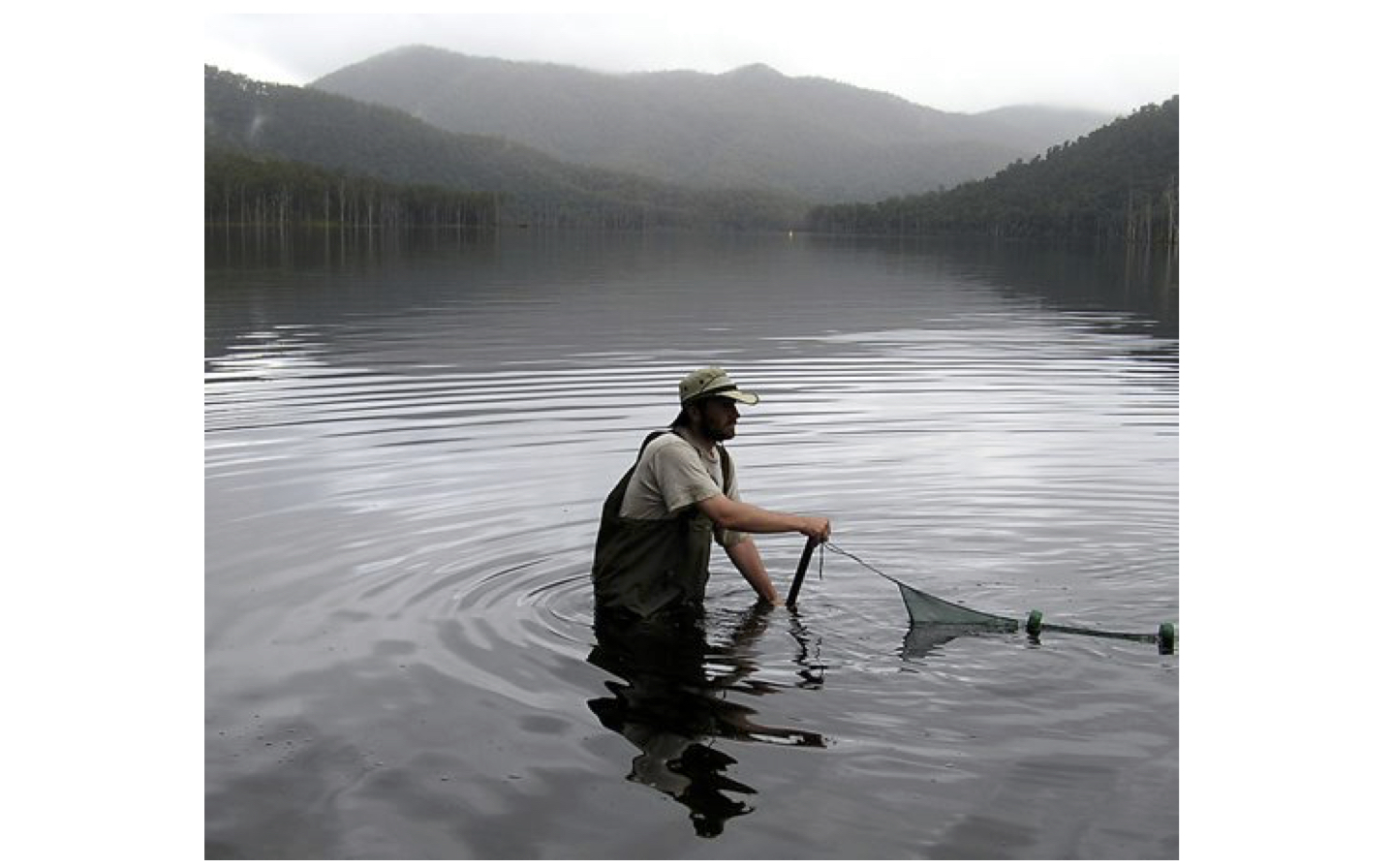Molecular insights into the biogeography of Australian freshwater fishes
Australia provides a strong biogeographic contrast to other parts of the world due to its long isolation resulting in a particular distinct flora and fauna.
Speakers
Content navigation
Description

Australia provides a strong biogeographic contrast to other parts of the world due to its long isolation resulting in a particular distinct flora and fauna. This is especially true for its obligate freshwater biota. The Australian freshwater fish fauna is unique relative to other continents in that it lacks the world’s dominant freshwater group (ostariophysans: minnows, catfishes, characids). As a result, Australia has been colonised by a variety of families with predominately marine origins. However, many of these colonisations are quite old, occurring at least 40–80 million years ago.
Within Australia, fish species richness is concentrated in a few families, many of which have sympatric distributions. I examined broader phylogenetic and phylogeographic patterns to test comparative biogeographic hypotheses (i.e., do sympatric groups have similar biogeographic histories?). While a few patterns were congruent, most phylogenetic breaks were unique within different groups, suggesting a complex and potentially idiosyncratic biogeographic history.
From these results it is clear that we need to develop a greater understanding of how freshwater fishes move between coastal river basins. To address this I used data on continental shelf width to make predictions about potential connectivity during low sea levels.
Populations in coastal rivers separated by a broad continental shelf should experience higher potential connectivity than those with a narrow continental shelf. Some support for this hypothesis was found, although distinct changes in shelf width seemed more important than absolute shelf width. These results suggest the way that fishes move between coastal rivers may be more complicated, or quite different to what we currently think it should be.
Dr Peter Unmack, is a research fellow in the Institute of Applied Ecology at the University of Canberra whose current work is focused on factors influencing spatial genetic patterns in riverine networks and the systematics of an unusual group of fishes called carp gudgeons which have multiple unisexual hemi-clonal lineages. While originally from Australia, Peter was based in the USA for 18 years. His principal research focus is unravelling freshwater biogeographic patterns and trying to improve our understanding of how freshwater fishes move between river basins.
Location
Gould Seminar Room (Rm 235), Bldg 116, Gould Building, Daley Road, ANU
